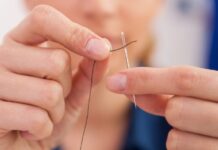The Casuarina tree, also known as the Casuarina landscape tree, is a beautiful and versatile species that is perfect for street, residential, and indoor decoration. Learn how to cultivate and care for this stunning tree with us in the article below.
1 What is the Casuarina landscape tree?
Origin and Meaning of the Casuarina Landscape Tree
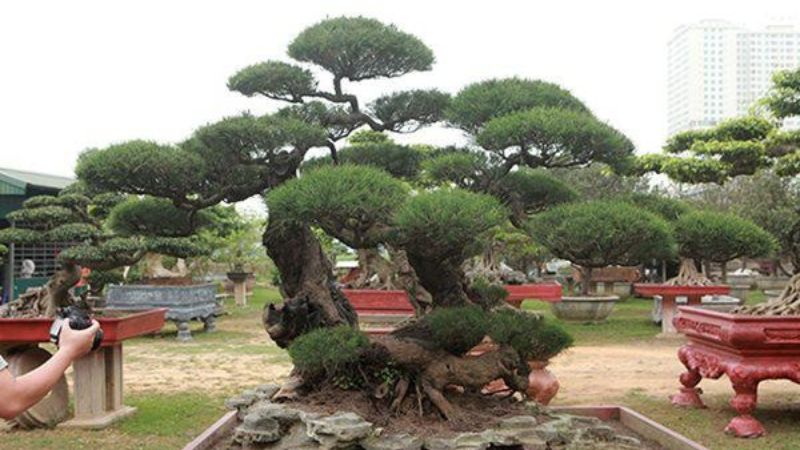 General Information about the Casuarina Landscape Tree
General Information about the Casuarina Landscape Tree
The Casuarina landscape tree, also known as the Casuarina, Casuarinaceae, or Casuarina equisetifolia, belongs to the Fagales family. Research indicates that this tree is native to Australia and the Western Pacific Islands.
In Vietnam, the Casuarina tree was introduced in 1986 and is now commonly cultivated in provinces across the country, especially in the central coastal regions.
According to Professor Lam Cong Dinh, there are two varieties of Casuarina in Vietnam: the white Casuarina and the purple Casuarina. The white Casuarina has light-colored wood with straight grains, while the purple Casuarina has pinkish wood that is heavier and more durable.
Feng Shui Significance of the Casuarina Landscape Tree
In Feng Shui, the Casuarina tree is considered a Yin wood element and is particularly suitable for individuals with a wood element in their birth chart. Despite its delicate appearance, this tree symbolizes resilience and adaptability in the face of life’s complexities.
Characteristics and Classification of the Casuarina Landscape Tree
 Characteristics and Classification of the Casuarina Landscape Tree
Characteristics and Classification of the Casuarina Landscape Tree
Morphological Characteristics of the Casuarina Tree
The Casuarina tree is a woody species that typically grows to a height of 15-25 meters. Its bark is light brown, but the inner flesh has a pinkish-brown hue. As the tree matures, the bark tends to peel off in large flakes.
The branches of the Casuarina tree are jointed and green, with small, needle-like leaves that tend to reduce into tiny scales measuring just 1-2mm in length. Interestingly, the branches take on the role of photosynthesis, compensating for the tree’s sparse foliage.
The Casuarina tree bears unisexual flowers, with both male and female flowers growing on the same tree. The male flowers are yellowish-brown and grow in circular clusters at the tips of the branches, giving the tree a dry, burnt appearance. In contrast, the female flowers are a striking red and grow in tufts close to the trunk, adding a pop of color to the tree.
The fruit of the Casuarina tree is a compound fruit, and when ripe, the shell hardens and releases the seeds, which have the potential to grow into strong, healthy trees.
Ecological Characteristics of the Casuarina Tree
The Casuarina tree is highly adaptable and can tolerate saline, arid, and windy conditions. It exhibits rapid growth and can be cultivated in various soil types.
This tree thrives in coastal hill areas, plains, inland ecological zones, and even mountainous regions. It is often planted as a protective forest to safeguard against storms and floods and to act as a windbreak for rice fields in central Vietnam.
The Casuarina tree can grow in soils with a pH of 5.5, even in poor, sandy soils or sloping lands with a thick layer of soil. However, in soils with a pH of 4-4.5, or in extremely dry, rocky, or compacted soils, its growth may be stunted, and it may transform into a low-lying shrub.
2 Benefits of the Casuarina Tree
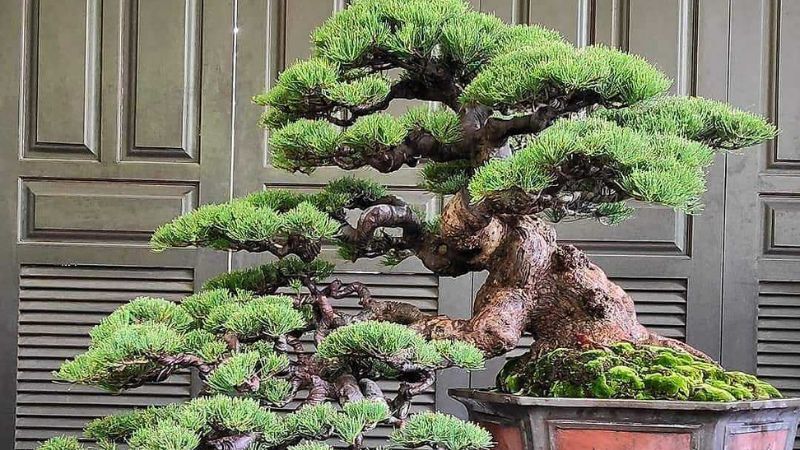 Benefits of the Casuarina Tree
Benefits of the Casuarina Tree
Advantages of the Casuarina Tree in Daily Life
In nature, the Casuarina tree is often planted along forest edges to protect both the environment and people. It acts as a windbreak, preventing sand and sea storms from damaging fields and homes in the Red River Delta and central coastal regions.
Additionally, in traditional medicine, the Casuarina tree has therapeutic properties. Its roots are used to treat diarrhea, its bark induces sweating and diuresis, and its leaves exhibit antibacterial properties.
The tannin found in the bark can be used to dye fishing nets, while the heavy, hard wood is suitable for construction, mining, and woodworking.
Lastly, the Casuarina landscape tree is also cultivated as a bonsai for indoor decoration or as a landscape tree to enhance the aesthetics of urban areas.
3 How to Grow and Care for the Casuarina Landscape Tree
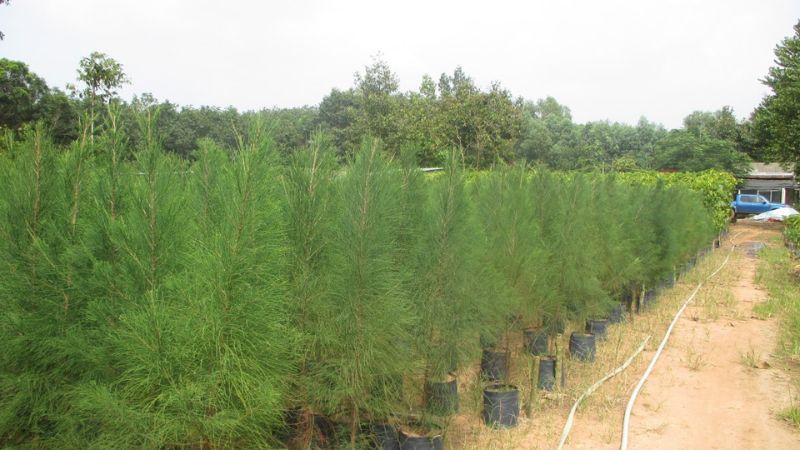 How to Grow and Care for the Casuarina Landscape Tree
How to Grow and Care for the Casuarina Landscape Tree
How to Grow the Casuarina Landscape Tree at Home
The Casuarina landscape tree can be propagated through methods such as cutting, layering, and seed germination. Simply take a branch cutting or germinate seeds in moist soil, combined with fertilizing and spraying stimulants to promote healthy growth.
How to Care for the Casuarina Landscape Tree
- Soil: While the Casuarina tree is not particular about soil type in nature, when grown in pots, selecting good soil and fertilizing reasonably is crucial for its growth. Loosen, weed, and mound the soil 2-3 times a year.
- Light: The Casuarina tree thrives in sunny and windy conditions and grows best with ample sunlight.
- Water: The Casuarina tree loves water and will flourish with sufficient moisture. However, water only every two days to prevent overwatering and root rot.
- Fertilizer: As the Casuarina tree’s roots symbiotically associate with Frankia bacteria, there is no need to fertilize with nitrogen and phosphorus. Apply 0.5 kg of seaweed fertilizer and 50g of biofertilizer per year, per root.
- Pruning: Control boring insects and remove excess needle-like leaves to maintain the beauty of the foliage.
4 5 Beautiful Images of the Casuarina Landscape Tree
 The Casuarina landscape tree (bonsai) can bring an attractive, green ambiance.
The Casuarina landscape tree (bonsai) can bring an attractive, green ambiance.
Casuarina Bonsai Mini
 Casuarina Bonsai Mini
Casuarina Bonsai Mini
Small Casuarina Landscape Tree for Indoor Decoration
 Small Casuarina Landscape Tree for Indoor Space
Small Casuarina Landscape Tree for Indoor Space
Ancient Casuarina Bonsai
 Ancient Casuarina Bonsai
Ancient Casuarina Bonsai
Mature Casuarina Landscape Tree
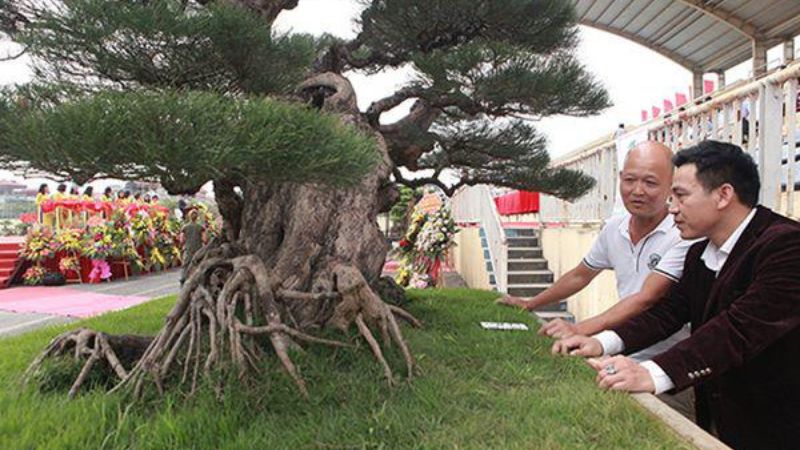 Mature Casuarina Landscape Tree
Mature Casuarina Landscape Tree
How Much Does a Casuarina Tree Cost?
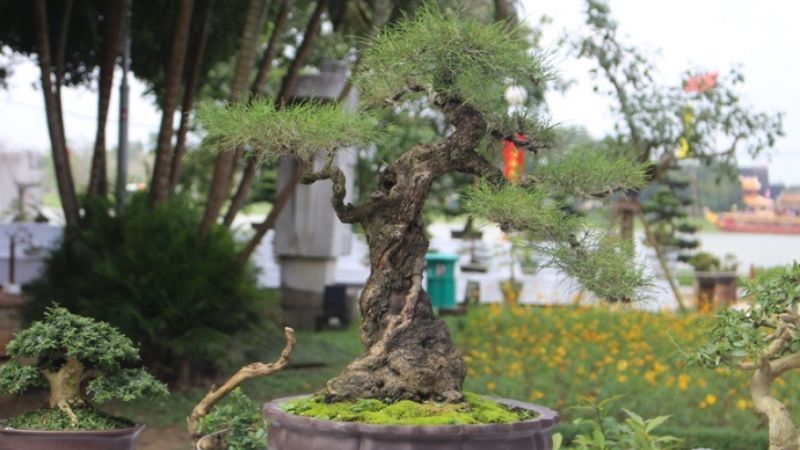 How Much Does a Casuarina Tree Cost?
How Much Does a Casuarina Tree Cost?
You can purchase seedlings that have been pre-germinated for a reasonable price ranging from 3,000 to 10,000 VND per seedling. The price may vary depending on the quantity. For a Casuarina landscape tree, the price can range from millions to tens of millions of VND.
We hope that the information provided in this article will assist you in successfully cultivating and caring for a beautiful Casuarina landscape tree.

























